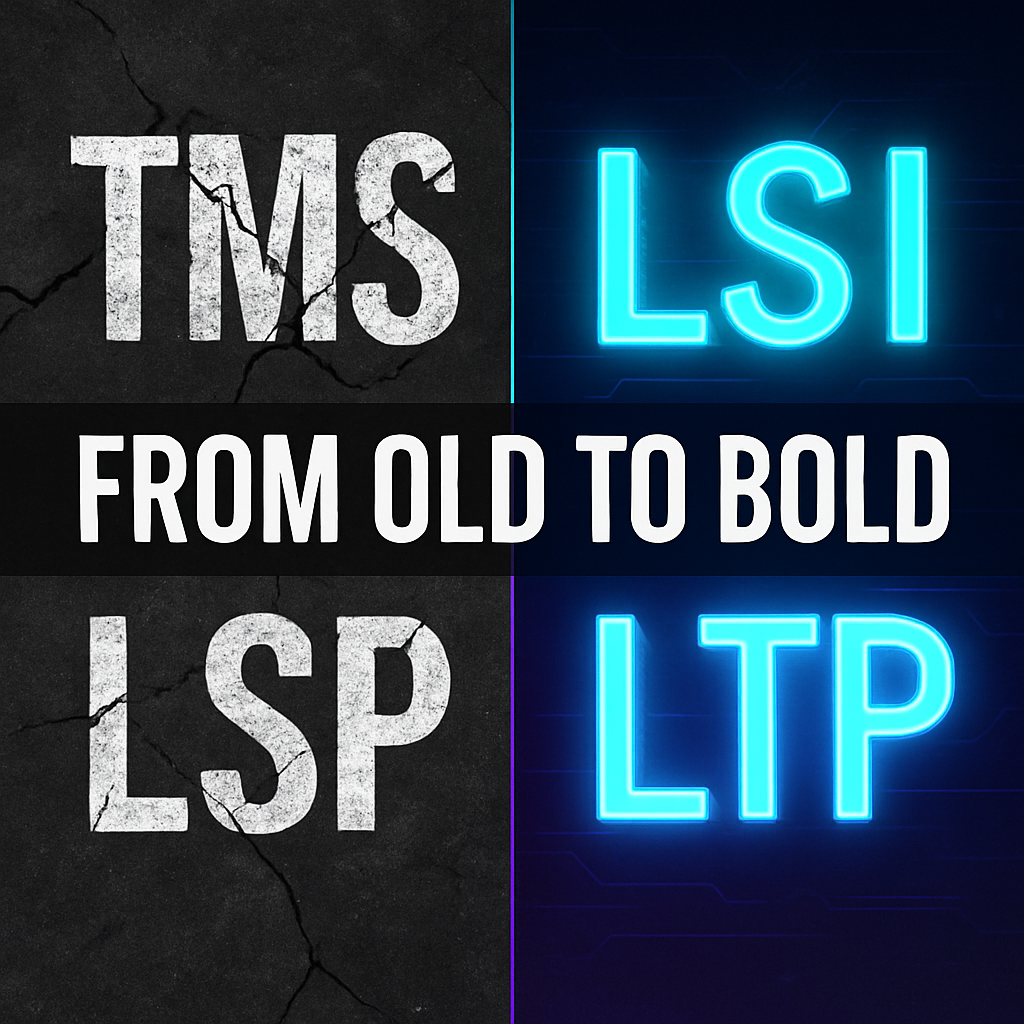The ChatGPT Dilemma in Translations
At a fork in the road, the translation industry has long been divided between machines and humans. Traditionally, humans are associated with feelings, metaphors, creativity, and inspiration, while machines are seen as mechanical, insensitive, and rigid in their treatment of language.
For a long time, machines fell short in producing accurate translations, and the industry sustained this divisive paradigm. Even as machine translation improved, the industry often focused on the 20% of translations that went wrong, rather than the 80% or so that were accurate. These glaring mistakes were a source of mockery and embarrassment, and machine translation was often dismissed as inferior to human translation.
However, instead of threatening the livelihood of human translators, machine translation actually highlighted the value of the human literary spirit. As the industry adopted machine translation applications, the need for high-quality content brought about by the content-marketing economy made translators' ability to read between the lines even more important.

But now, ChatGPT has disrupted the peace between humans and machines. As a large language model, it can predict the most likely next word with a high level of precision, based on a vast amount of training data. This has dissolved the mechanical nature of machines and brought human-like characteristics to machine discourse. ChatGPT has blurred the lines between humans and machines, and its ability to pass law exams, write code, and even create poetry has opened our perception to the idea that the gap between humans and machines may be closer to being bridged than we previously thought.

So what does this mean for translators? Is their trade still valuable? What does the future look like? These questions remain to be answered, but one thing is certain: the role of translators will continue to evolve as the industry adopts new technologies. Translators who can adapt to these changes and use technology to enhance their skills will likely be in high demand in the future.
While the concept of machine translation taking over the role of human translators has been around since the 1980s, the emergence of ChatGPT is different. ChatGPT is not designed to be a translation engine, but it has the ability to work with language in a dynamic way that can emulate human writing ability with impressive accuracy. This is happening now, and everyone is trying to find the best way to use ChatGPT to their advantage.
Integrating ChatGPT into the translation workflow is not a straightforward process. Simply feeding a sentence into ChatGPT and asking for a translation can be computationally expensive and may produce lower-quality results than traditional machine translation services. However, with the right platform, API calls, linguistic insight, and data science expertise, it's possible to produce outcomes that far exceed what machines are currently capable of. While machines may eventually get us 99% of the way to perfect translations, this doesn't mean that translators will have to compete for the remaining 1% of the work.
As machines improve the quality of writing and translation, humans will naturally expect more and better reading experiences. Companies will need to compete for great translations in order to differentiate themselves from their competitors and drive customer engagement and sales. This will create more opportunities for translators to continuously tweak and improve translations to achieve their end goal.

Writing will become a more data-driven process, with the focus shifting from whether a marketing or product manager likes the copy to how customers react to it. Translation will become more iterative and data-responsive, with both machines and humans co-authoring the final product in a more conversational experience.
Content is becoming increasingly customized and personalized, resulting in a content explosion. While machines may bridge the gap between languages, translators will still be needed to produce high-quality content that is tailored to specific demographics, search intents, and other variables.
The key takeaway is that humans and machines don't have to be in conflict. By fostering a positive and constructive collaboration with machines, we are more likely to arrive at surprisingly positive outcomes that differ greatly from what we have predicted. Instead of trying to exploit or avoid machines, we can work towards a future where humans and machines work together to create high-quality content that engages and resonates with readers.
Unlock the power of glocalization with our Translation Management System.
Unlock the power of
with our Translation Management System.
















.avif)








